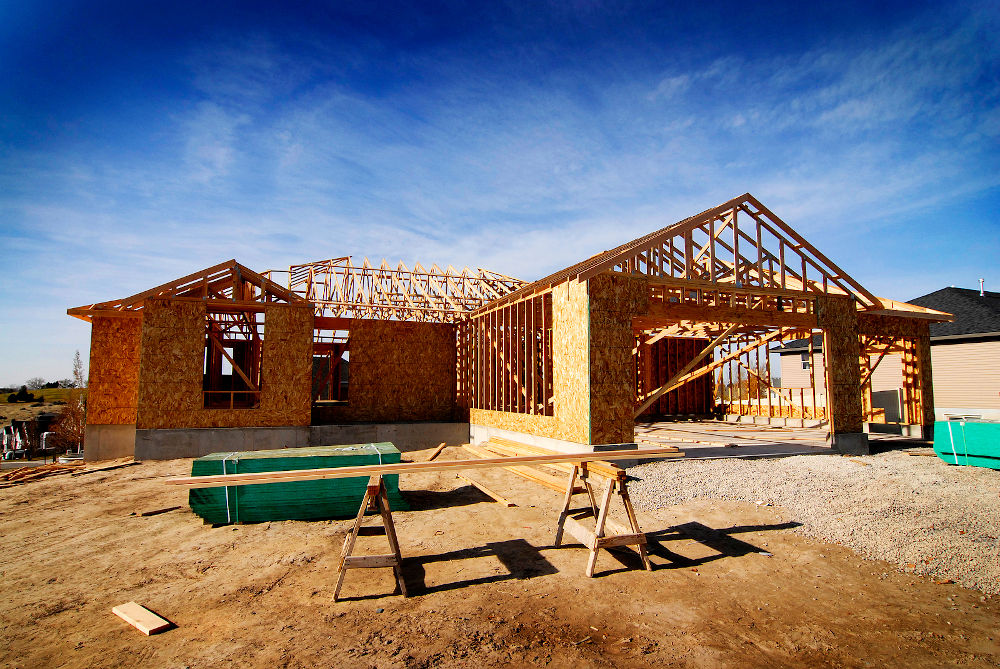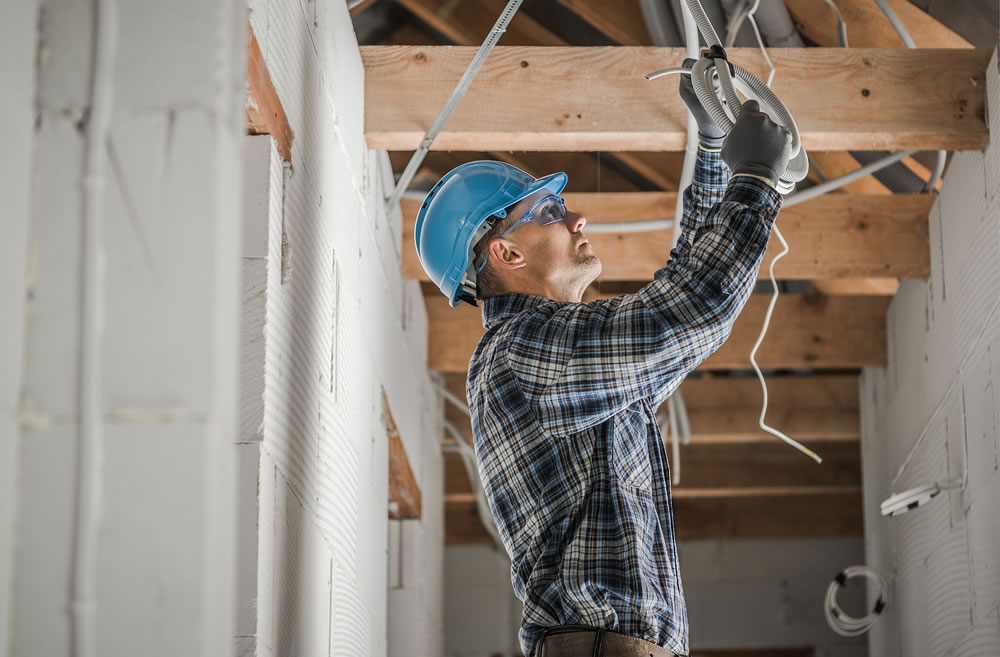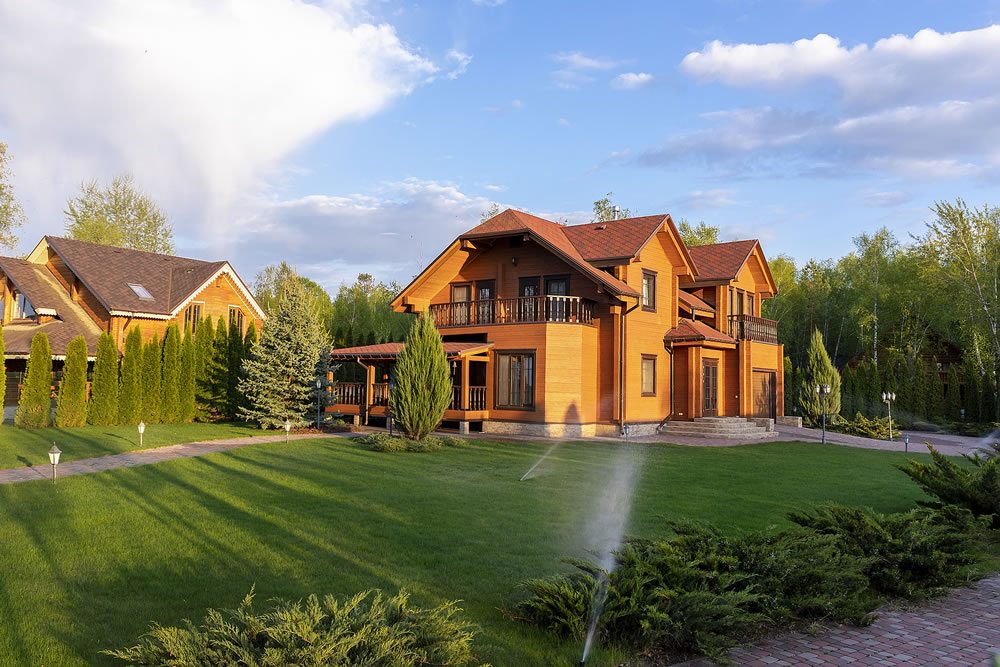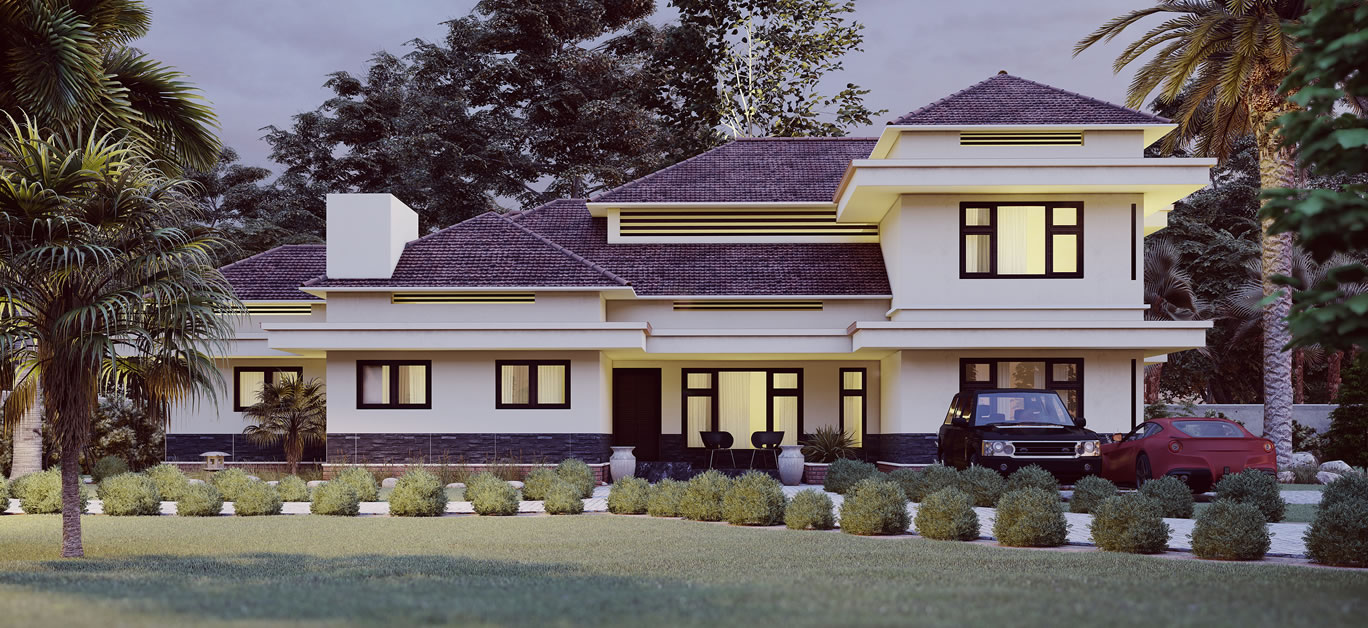The process of building a new home is exciting and rewarding, but it can also be rather challenging. It’s normal to feel stressed out when faced with so many options and considerations. But fear not! We’re here to help you navigate the process and turn your vision into a reality. From creating a strategy and a budget to choosing the correct location and collaborating with contractors, this article will provide you with helpful advice at every turn.
As we lead you through the process of constructing the house of your dreams, you can expect a journey filled with creativity, innovation, and limitless possibilities.
Understand your budget
Having a firm grasp of your financial situation is essential before breaking ground on your ideal house. It’s important to take stock of your financial condition and figure out how much of a budget you have for your new house before jumping headfirst into the fascinating world of design and building. This will help you avoid any financial stress or surprises along the way.
Start by assessing your income, savings, and any potential sources of financing. Consider hiring a financial advisor or mortgage broker who can help you navigate through the various options available to you. Once you have a clear understanding of your budget, you can begin to prioritise your needs and wants, ensuring that you allocate your funds wisely.
Keep in mind that your dream home is a long-term investment, so you’ll want to find a happy medium between cost and your vision. It may be necessary to make compromises along the way, but with careful planning and a realistic budget in mind, you can still create a home that reflects your personal style and meets your needs.

Find the right location
The location of your dream home is just as important as the design itself. Take the time to research and explore different areas that align with your lifestyle and preferences. Consider factors such as proximity to schools, workplaces, amenities, and transportation hubs. It’s important to give some thought to the kind of area and community you’d like to call home.
Visit potential locations at different times of the day to get a sense of the surroundings and the overall atmosphere. Talk to locals and get their insights on the area. This research will not only help you make an informed decision but also ensure that you’re investing in a location that will provide long-term value and enjoyment.
Additionally, consider the future development plans for the area. Are there any upcoming infrastructure projects or changes that could impact your quality of life? Understanding the potential growth and changes in the area will help you make a more informed decision and avoid any surprises down the line.
Arrange a topographical survey
It is necessary to have a complete comprehension of the terrain on which you will be constructing before beginning the process of designing the structure. Arranging a topographical survey will provide you with accurate information about the site’s features, such as its elevation, slopes, and drainage patterns. This information is crucial for both the design and construction phases of your project.
A topographical survey will help you identify any potential challenges or opportunities that the site may present. For example, if the land has slopes, you may need to consider retaining walls or other structural elements to ensure stability. On the other hand, if the site offers beautiful views or unique natural features, you can incorporate them into your design to enhance the overall aesthetics of your home.
By conducting a topographical survey early on, you can save time and potentially avoid costly design changes later in the process. It will also help your architect and builder create a more accurate and efficient design that takes into account the unique characteristics of your site.

Get planning permission
Before you can proceed with construction, it’s essential to obtain planning permission from the local authorities. Planning permission ensures that your dream home meets the necessary regulations and guidelines set by the government to protect the environment and the community.
To obtain planning permission, you will need to submit detailed plans and specifications of your proposed home to the local planning department. This process can take time, so it’s important to factor in the potential delays when creating your timeline.
Working with an architect or a planning consultant can help streamline the planning permission process. They will ensure that your plans meet the necessary requirements and guide you through any additional steps, such as consultations with local residents or environmental impact assessments.
Choose the right builder
Selecting the right builder is essential to ensure that your dream home is constructed to the highest standards. Take the time to research and interview multiple builders, asking for references and examples of their previous work.
When evaluating potential builders, consider their experience, reputation, and portfolio. Look for builders who specialise in the type of home you want to build, whether it’s a modern masterpiece or a traditional countryside retreat. Additionally, consider their communication skills and ability to understand and execute your vision.

Hire an architect
Working with a quality architect such as SDH Studio Architects is key to designing a home that reflects your unique style and meets your specific needs. An architect will work closely with you to understand your vision and develop plans that bring it to life. They will consider factors such as aesthetics, functionality, and sustainability to create a space that not only looks beautiful but also works seamlessly with your lifestyle.
Finally, enjoy your new home
Building your dream home is a remarkable achievement, and now it’s time to enjoy the fruits of your labour. Take the time to celebrate and appreciate the journey you’ve been on, from the initial dream to the final construction. Your new home is a reflection of your vision, creativity, and hard work.
Make the most of your new space by creating memories and experiences that will last a lifetime. Whether it’s hosting family gatherings, enjoying quiet evenings by the fireplace, or simply taking in the breathtaking views, your dream home is the perfect backdrop for a fulfilling and joyful life.
Remember, building your dream home is not just about the physical structure; it’s about creating a space that nurtures your well-being and enhances your daily life. Embrace the endless possibilities and enjoy every moment in your dream home.






















